Feeding your kitten well helps ensure good health in the long term. But which kibble should you choose for your kitten? Find in this article 4 criteria for choosing the best kibble for your kitten, so that it can grow well and become a cat that is happy in its paws.
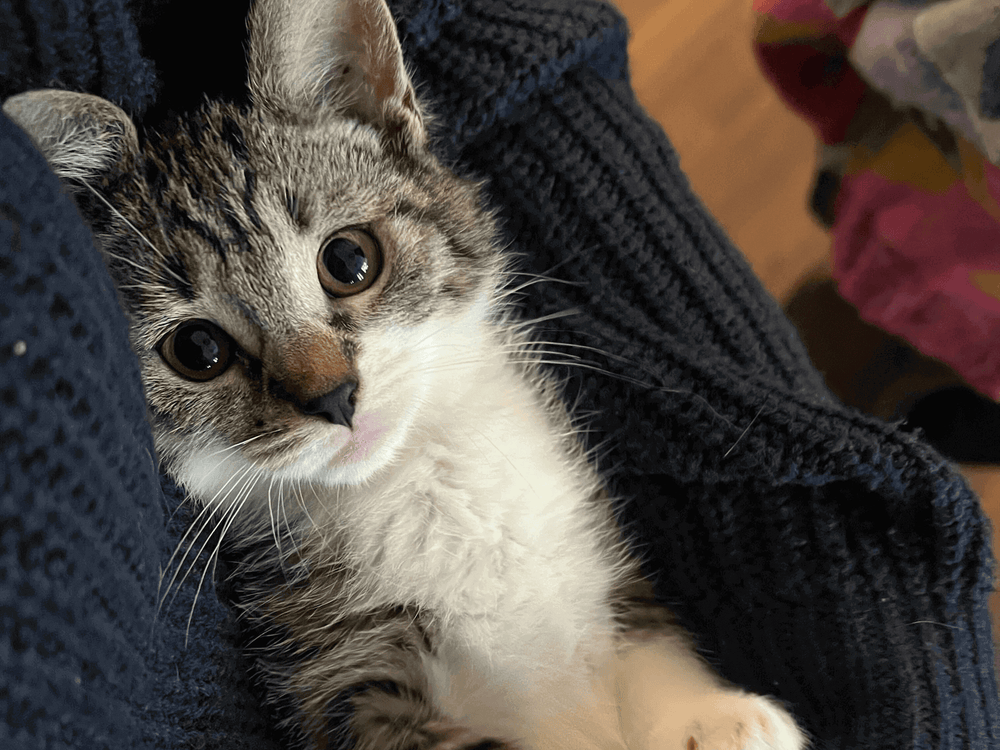
The arrival of a kitten at home is a big moment. And as a young parent, you have surely thought of everything for its well-being: non-clumping plant-based litter (to limit the risk of suffocation), toys, a cat tree, a cozy basket, etc. But what about its diet ?
This is essential because from birth to 12 months, their food guarantees their growth and the maturation of their physiological system. Our kittens have important nutritional needs and the slightest deficiency or excess can cause irreversible health problems.
For your kitten, it is therefore essential to offer him healthy and quality kibble so that he can grow well and be in good health. And of course adapted to his age! Giving adult cat kibble to a kitten is not without risks. Your kitten could develop severe deficiencies. Foods for adult cats and kittens are very different!
How to choose the right kitten kibble ? In this article, we share 4 criteria with you so that you can make the best choice for your kitten.
Do you have an adult cat? Also find on our blog our advice for choosing the best kibble for sterilized adult cats.
4 criteria for choosing the right kitten kibble
There are many types of kitten food on the market. But be careful, they are not all equal. Here are 4 criteria to check to provide your kitten with the best nutrition.
Psst: if your kitten is less than two months old, opt for pâté instead. We explain everything in our article: kibble or pâté: what to give your kitten?
1/ Kitten kibble rich in animal proteins
Just like his big brother, the kitten is a strict carnivore, meaning he cannot live and stay healthy without animal protein in his diet. A vegan kitten does not exist, or else he is a rabbit with small ears and who, strangely, purrs.
Animal proteins are extremely important for our cats, because they are sources of amino acids such as taurine, arginine, phenylalanine and methionine. Micronutrients that directly contribute to the proper functioning of their body (immunity, growth, digestion) and their structure (bones, skin, muscles, hair). Otherwise, our beloved felines would find themselves deficient and develop serious health problems: central retinal degeneration, neurological disorders, impaired immune function, etc.
Proteins are therefore essential, and even more so in the kitten which is in full growth; its organism gradually gains maturity, synthesizes new tissues and tries to grow harmoniously.
Your kitten's kibble must therefore be rich in animal proteins. We insist on the word "animal", because many kitten kibbles include vegetable proteins... And these do not provide all the essential amino acids to your kitten.
On the packet of kitten kibble, the first ingredient listed in the composition must absolutely be an animal protein: beef, chicken or pork.
High in protein, but quality!
The quantity of protein is important, as is the quality of the protein.
Some kitten food products claim to have a very high protein content, but when you look more closely, the protein is mainly from carcasses, bone residues and not from muscles. Sources that are of no nutritional interest to your kitten.
To check the quality of the proteins used, look at the RPP, acronym for Protein Phosphorus Ratio. Since phosphorus is a mineral found mainly in bones, a low RPP (less than 25) means that a significant amount of carcasses or bones has probably been added to the composition of the kibble.
RPP not displayed? Divide the crude protein rate by the phosphorus rate. For example, if your kitten's kibble displays 30% crude protein and 1.3% phosphorus, that's 23.07. Not great...
Many food brands list “fresh meat” in the ingredients. To verify that fresh meat is actually used, the protein-to-phosphorus ratio (PPR) can also help. If the PPR is less than 25, fresh meat was probably not used.
Other criteria can also help you. To learn more, see our article on proteins in your cat's diet.
At Ziggy, our kitten kibble is rich in quality proteins. It contains 45% crude protein and has an RPP of 50.
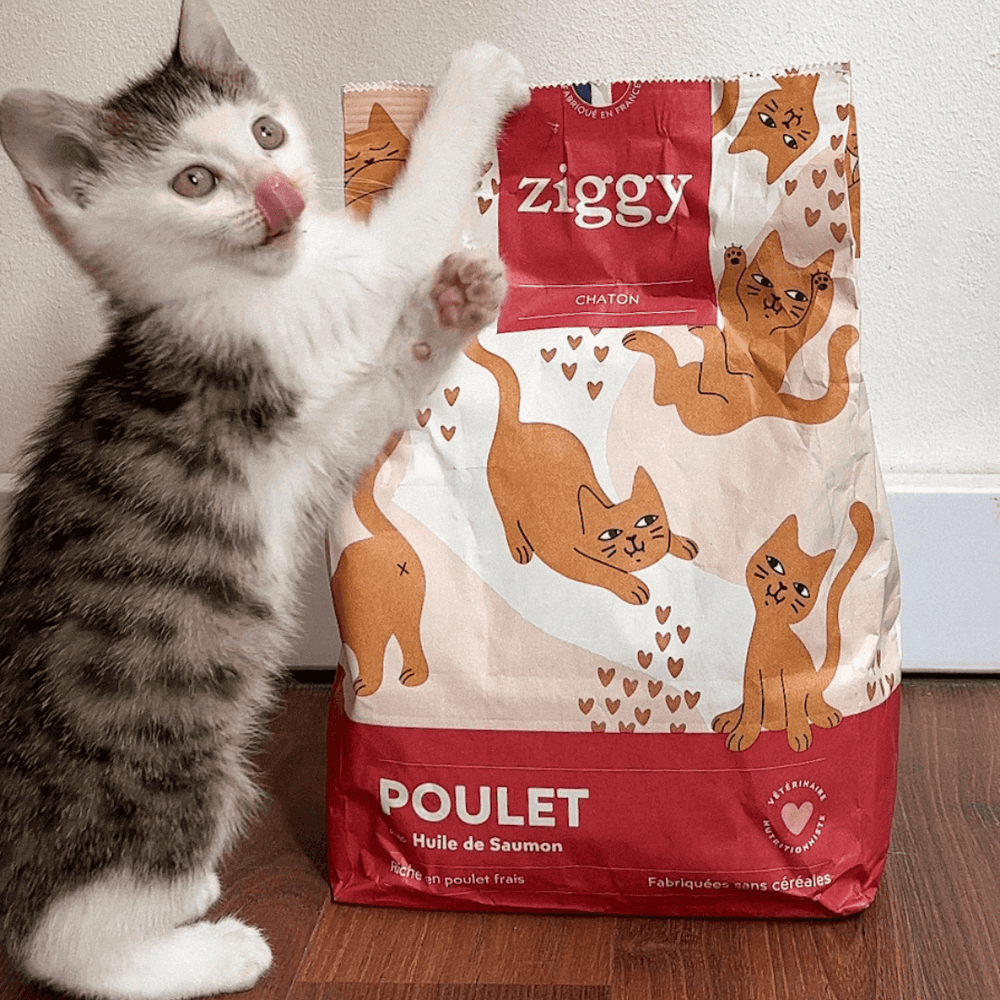
2/ Kitten kibble rich in fat
Unlike the sterilized adult cat, the kitten needs a little more calories in its diet, due to its high energy needs during its growth and its low capacity to ingest. It must find all the essential nutrients and calories needed in its small daily portions. As it grows, the proportion of fat mass in kittens increases considerably: from 5% at weaning to more than 20% at six months.
Fats are essential for kittens, especially since they increase the digestibility of fat-soluble vitamins (vitamins A, D, E and K).
Vitamin A, also called retinol, for example, plays an important role in vision, participates in cell growth, and tissue renewal (skin, intestinal mucosa).
The kitten also needs to find fatty acids such as Omega 6 and 3 in its food , which are essential for skin health and nervous system development. Deficiencies could lead to blindness or hearing loss.
So check the fat and fatty acid content of your kitten's kibble carefully.
Our Ziggy kitten kibble contains 18% crude fat, 0.8% Omega 3 and 2.4% Omega 6, fatty acids provided by salmon oil.
3/ Balanced kitten kibble in calcium and phosphorus
Calcium and phosphorus are two important minerals for kittens. They ensure good bone growth.
In the event of a phosphorus deficiency, your kitten may develop bowed legs (poor skeletal growth), a very low level of endurance or poor quality of coat ( greasy hair ) within a few weeks.
A calcium deficiency can lead to bone demineralization in kittens, causing frequent fractures and hypocalcemia (digestive problems, epilepsy which can lead to coma).
Be careful though: an excess can also have consequences just as serious as a deficiency. An excess of calcium can cause disharmonious bone growth, causing osteoarticular disorders.
4/ Low-carb kitten food
Finally, the last criterion to take into account when choosing your kitten kibble : the carbohydrate content. The organism of kittens, just like that of adult cats, is not adapted to digest, absorb and metabolize large quantities of carbohydrates.
Unfortunately, there are no kitten kibbles without carbohydrates yet, because to make a kibble, you have to use starch (carbohydrate). Even in grain-free kibbles, you can find some! Grain substitutes such as chickpea flour or tapioca contain starch.
For your kitten, we also advise you to be particularly vigilant about carbohydrate intake. If the kitten kibble displays, for example, 30%, or even 40%, it is too much for its little organism!
At Ziggy, our kitten kibble is grain-free and contains only 18% carbohydrates.
Choosing the right kibble for your kitten: in summary
To properly feed your kitten, its kibble must be:
- Rich in quality proteins
- High in fat
- Balanced in calcium and phosphorus (Ca/p ratio greater than 1).
- Low in carbohydrates.
Ziggy Kitten Chicken Croquettes
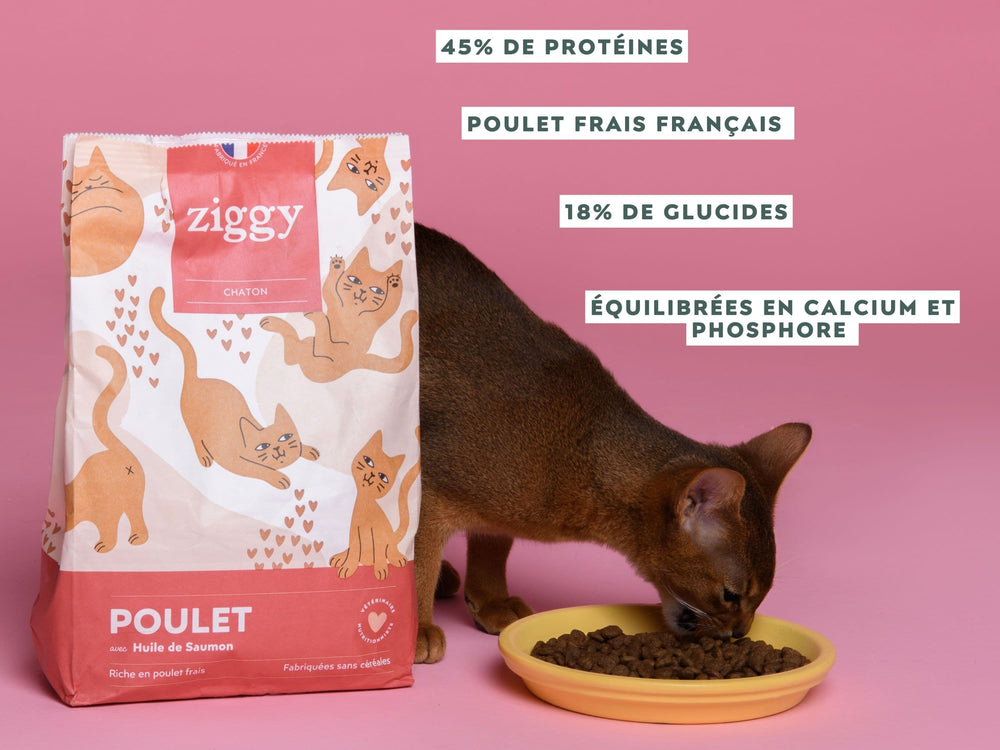
My kitten is sterilized, what kibble should I give him?
Sterilization does not mean passage to adulthood!
Until he is 12 months old, or more for some large cat breeds like Maine Coons , your kitten will need food specifically designed for kittens. Only when he has finished growing can you give him kibble for sterilized adult cats.
To learn more, please read our article on feeding sterilized kittens.
The guide to taking care of your kitten
Food, care, behavior, well-being... Find in our guide all our advice for taking care of your kitten. And also some name ideas if you haven't yet found the first name of your little feline. 🐱


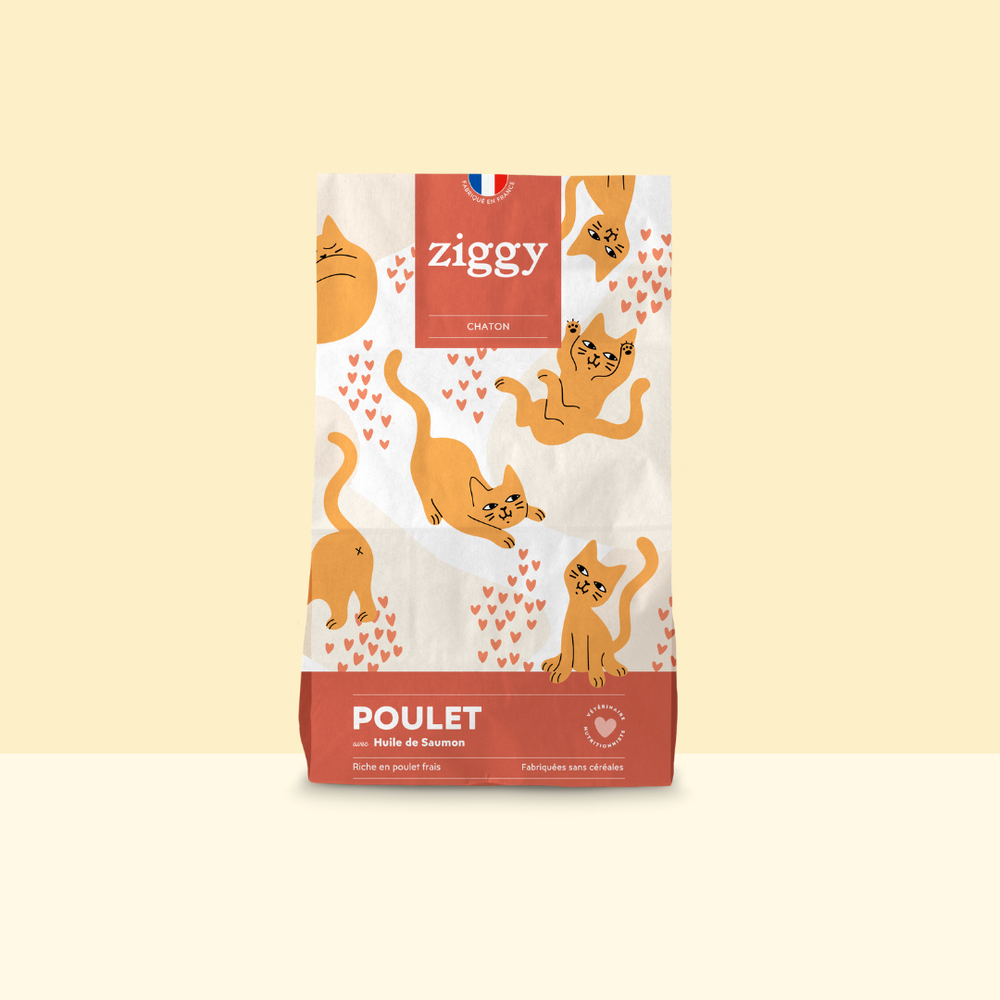
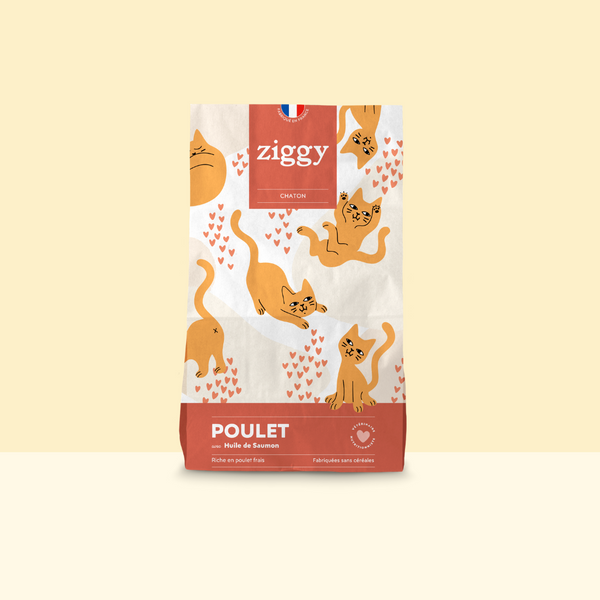
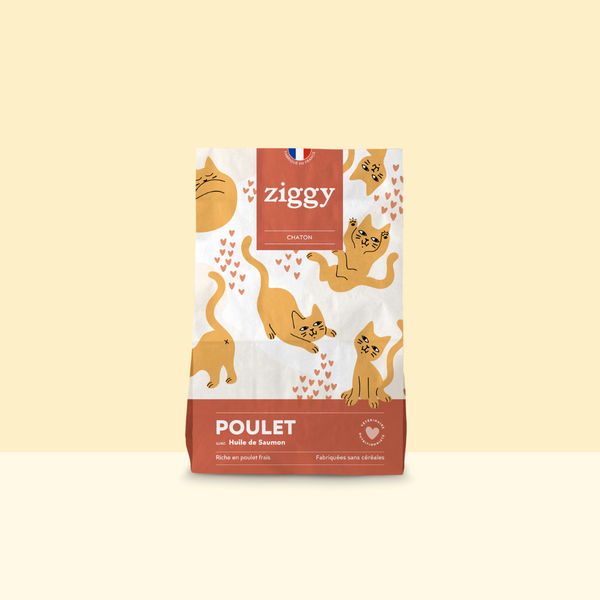
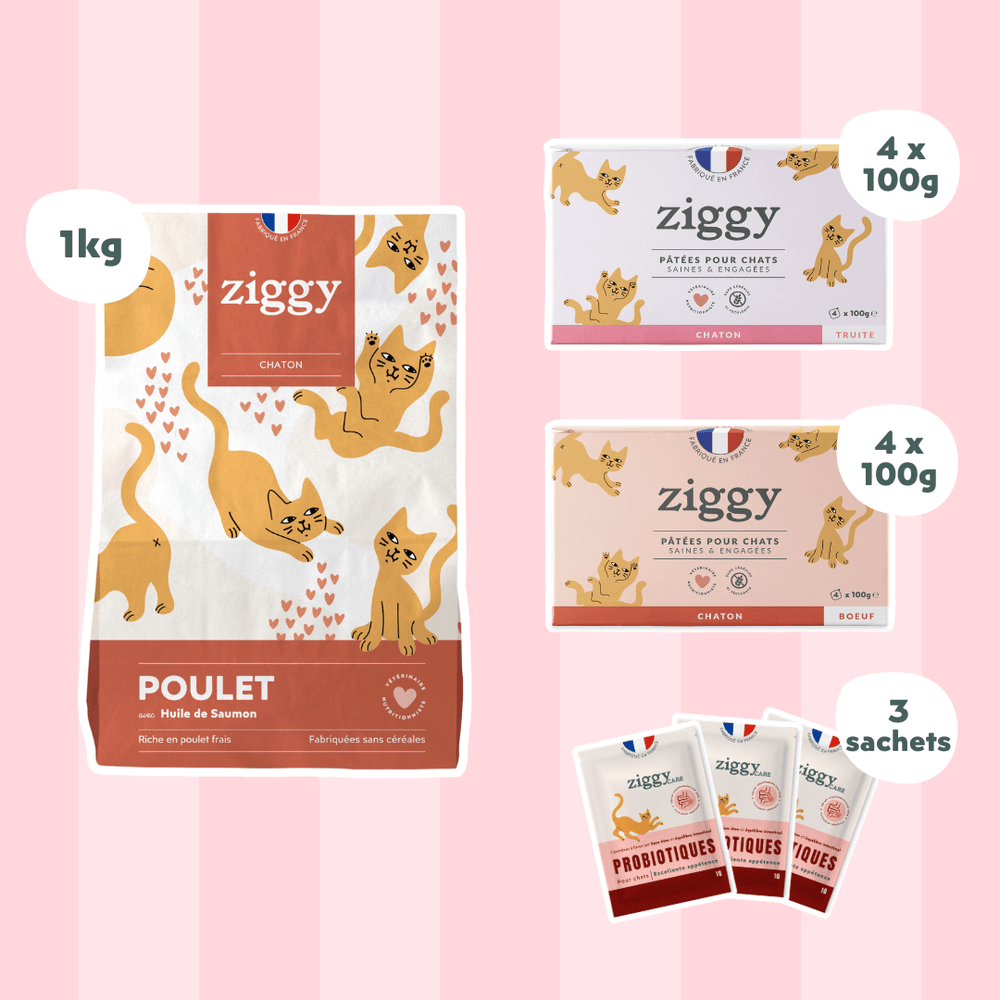

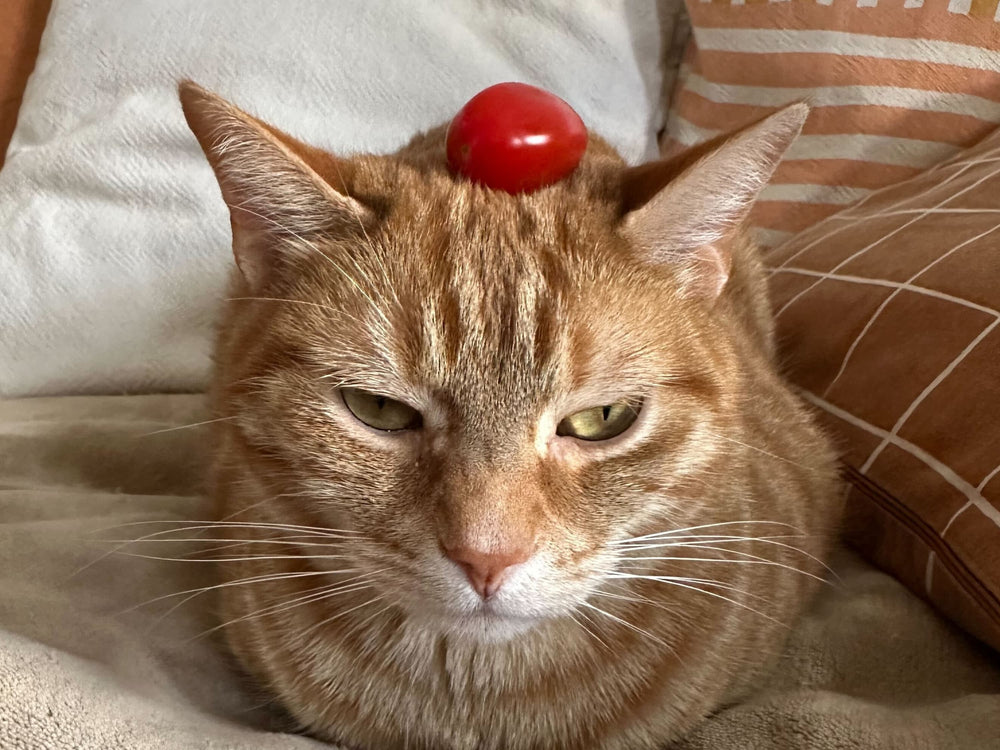
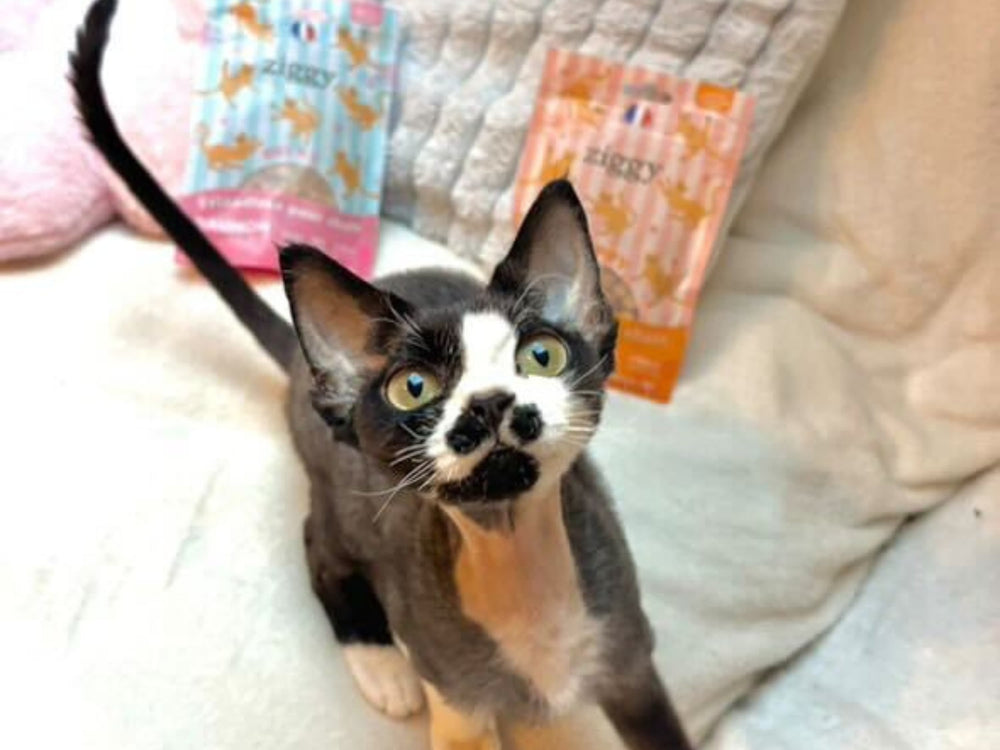
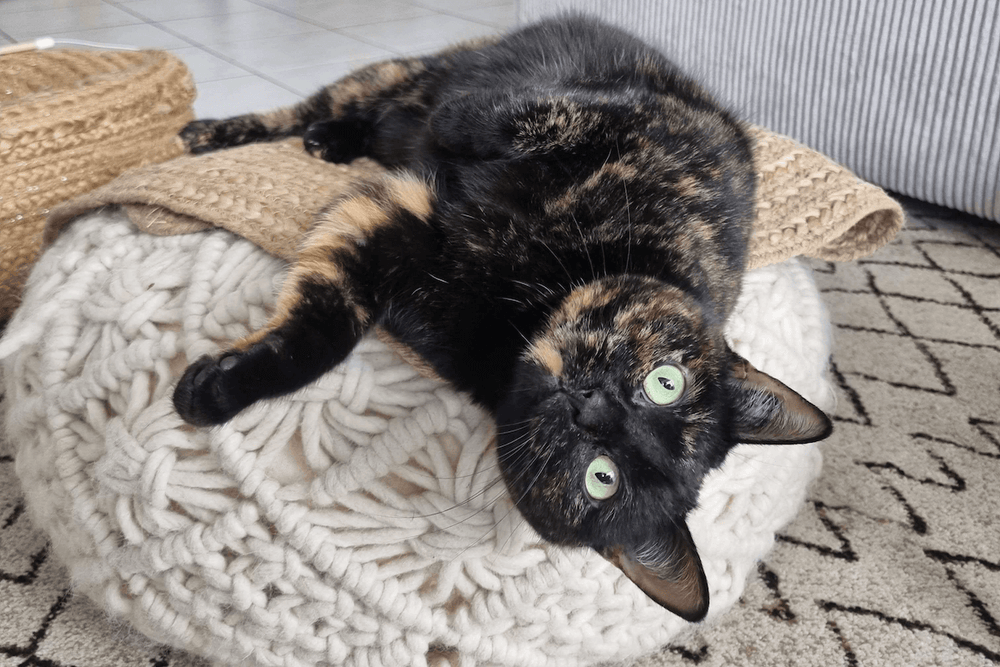

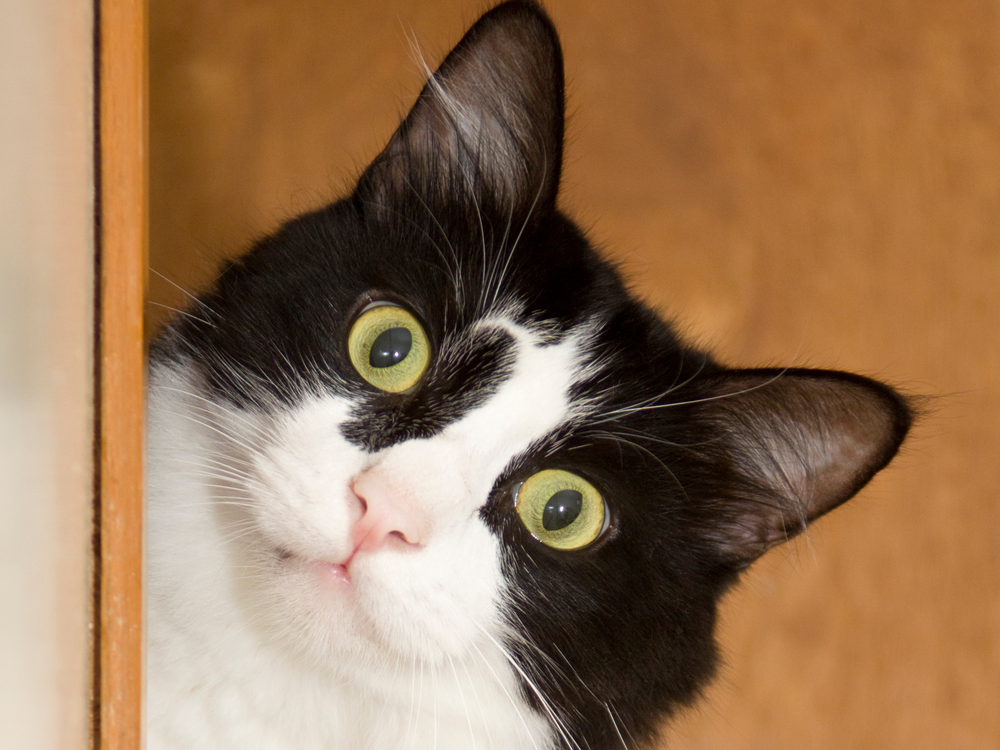
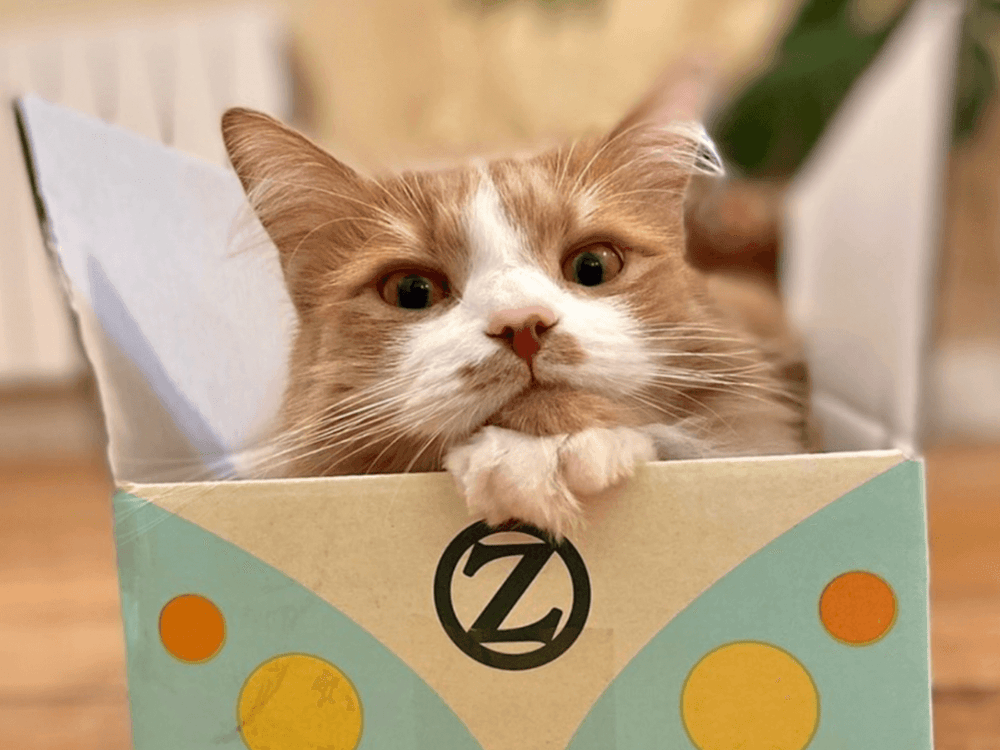
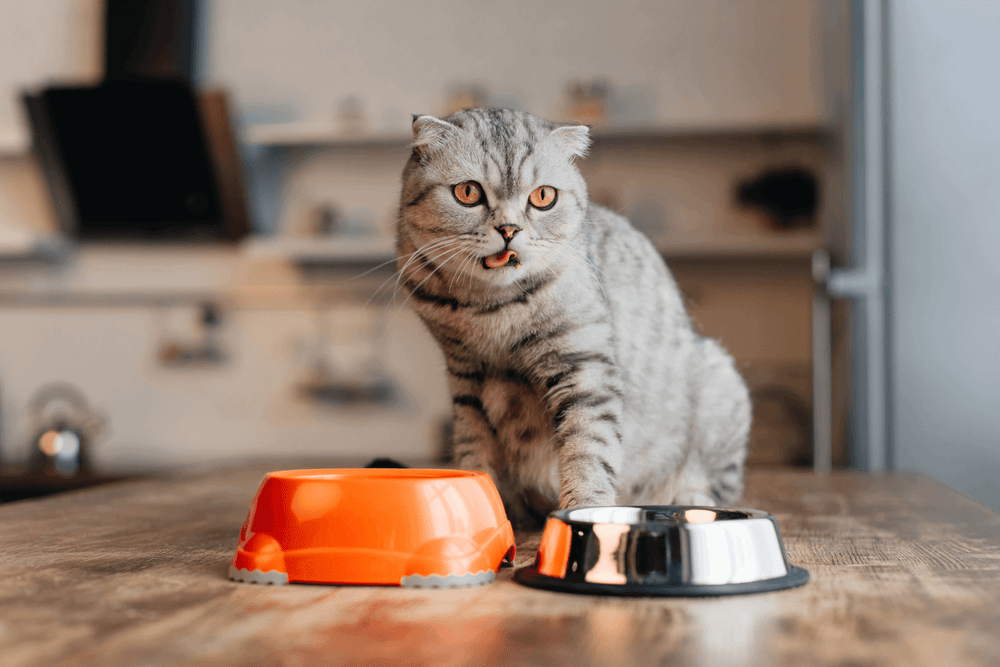
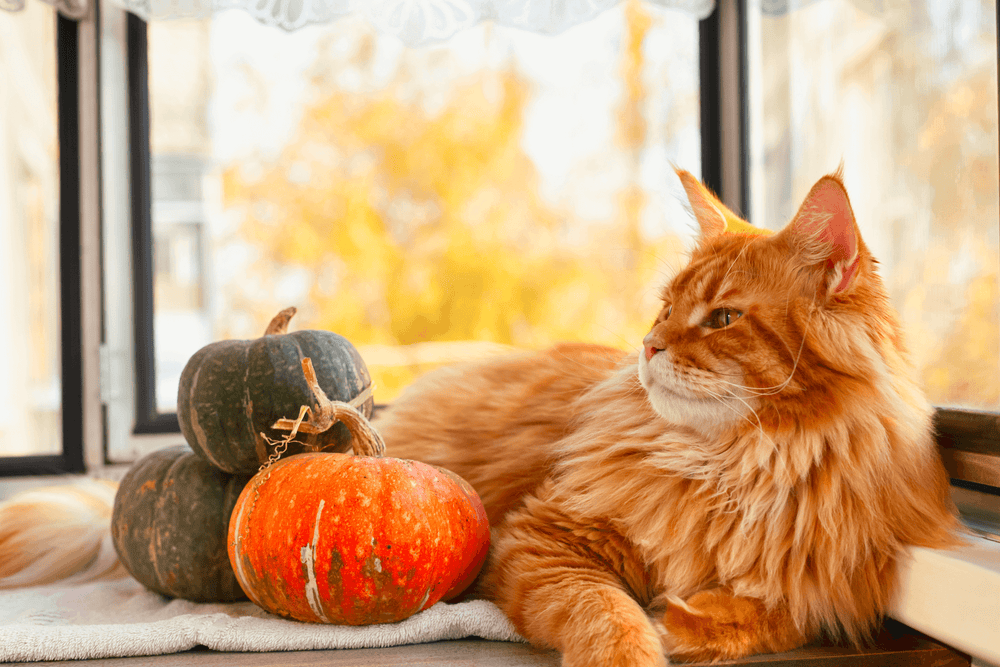
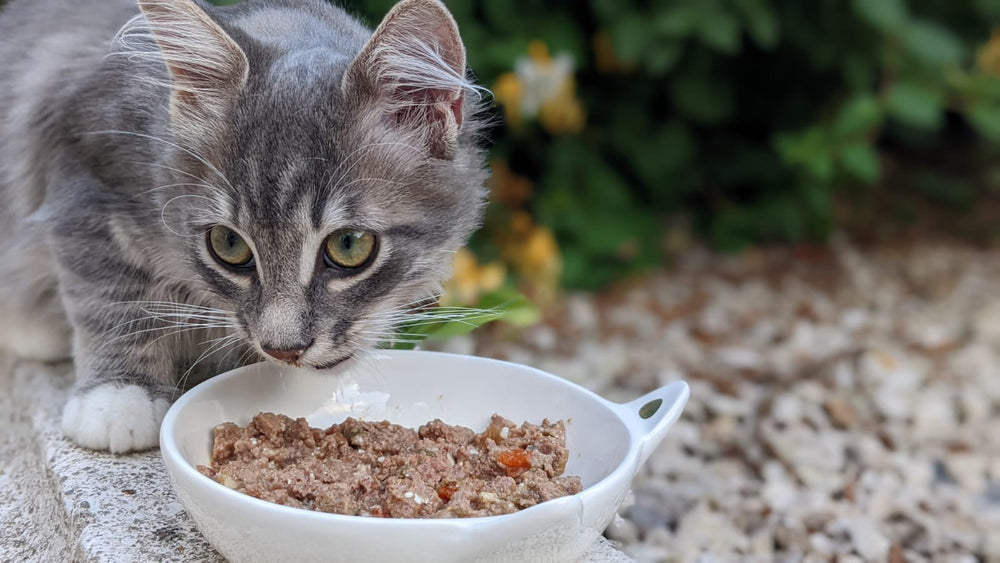
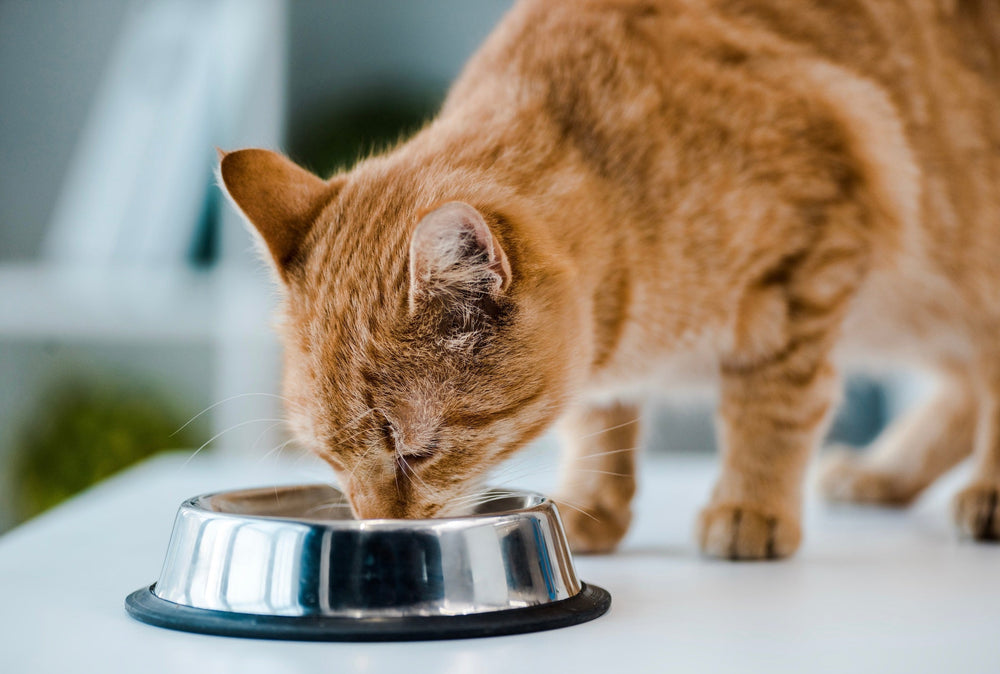
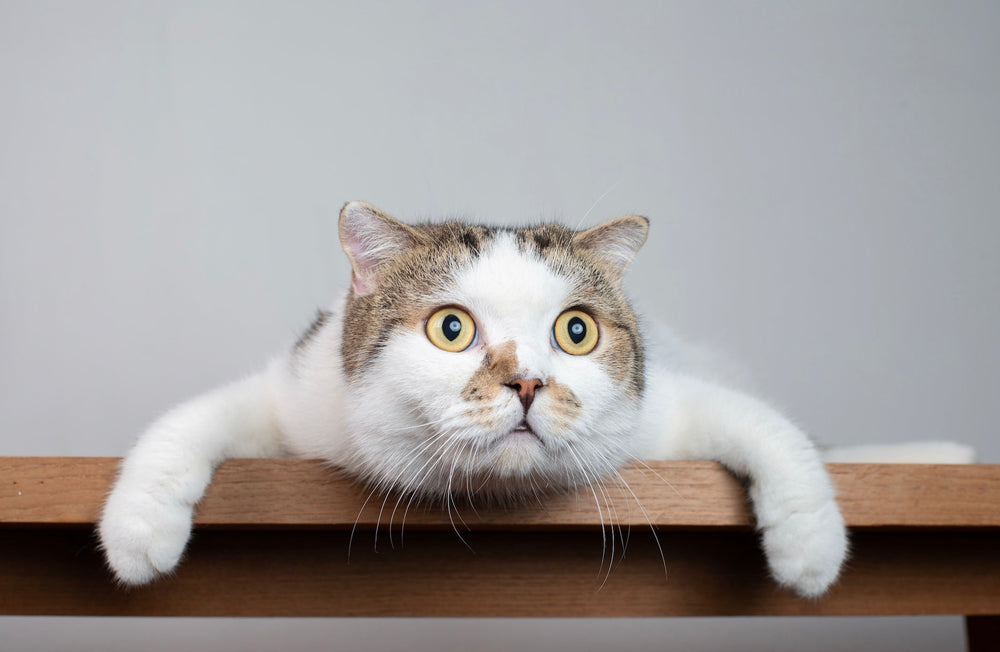
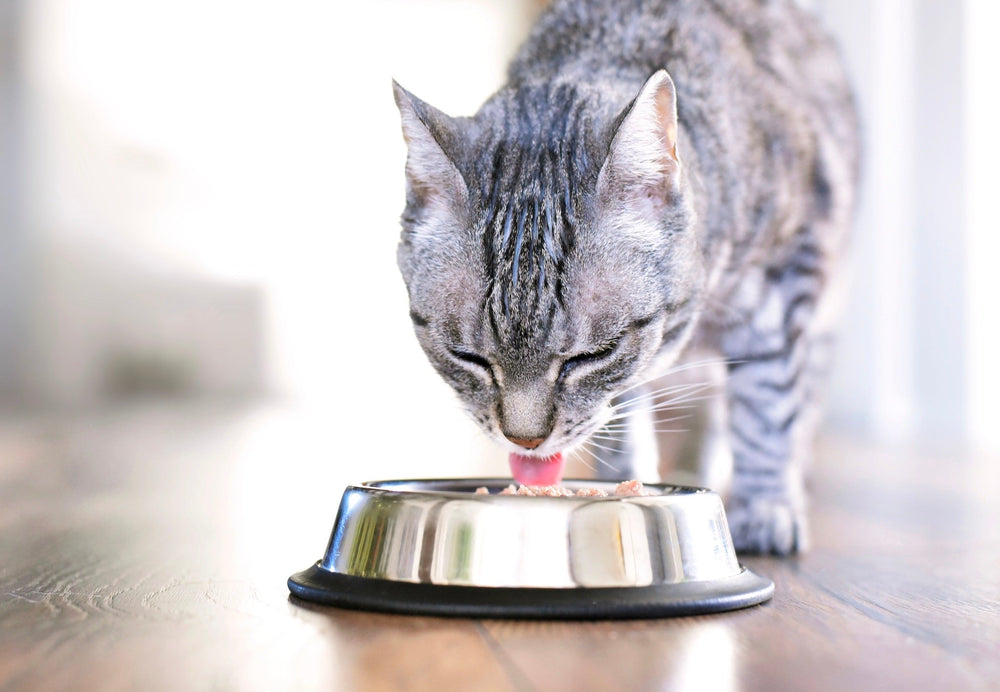
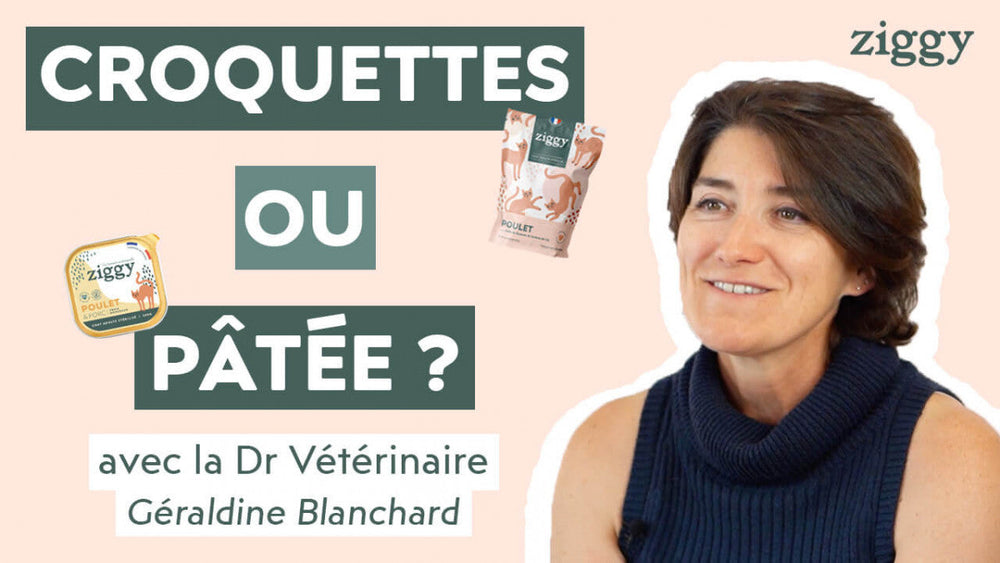
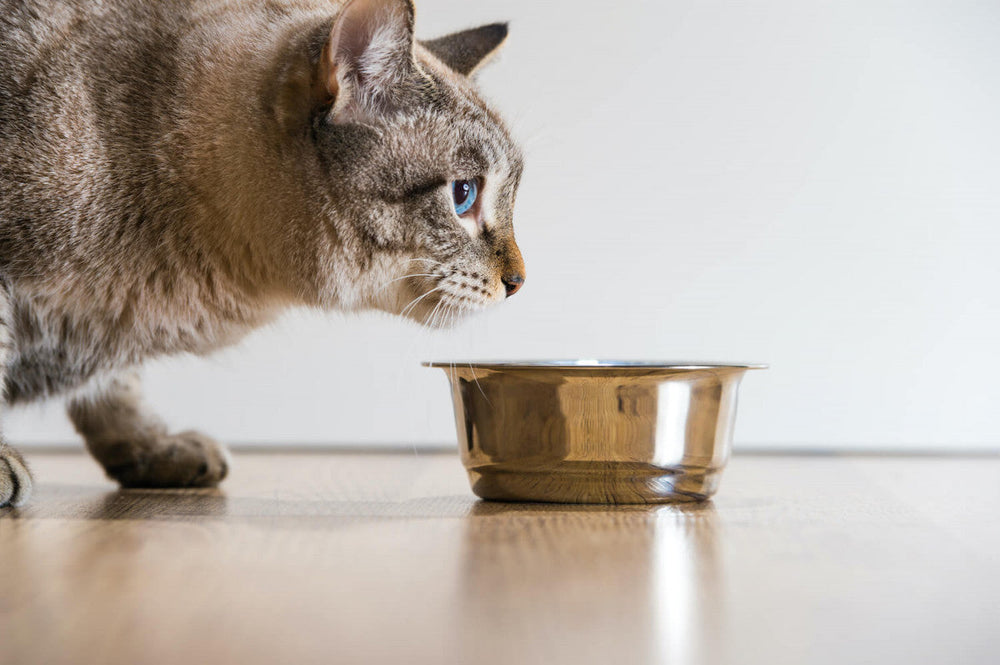
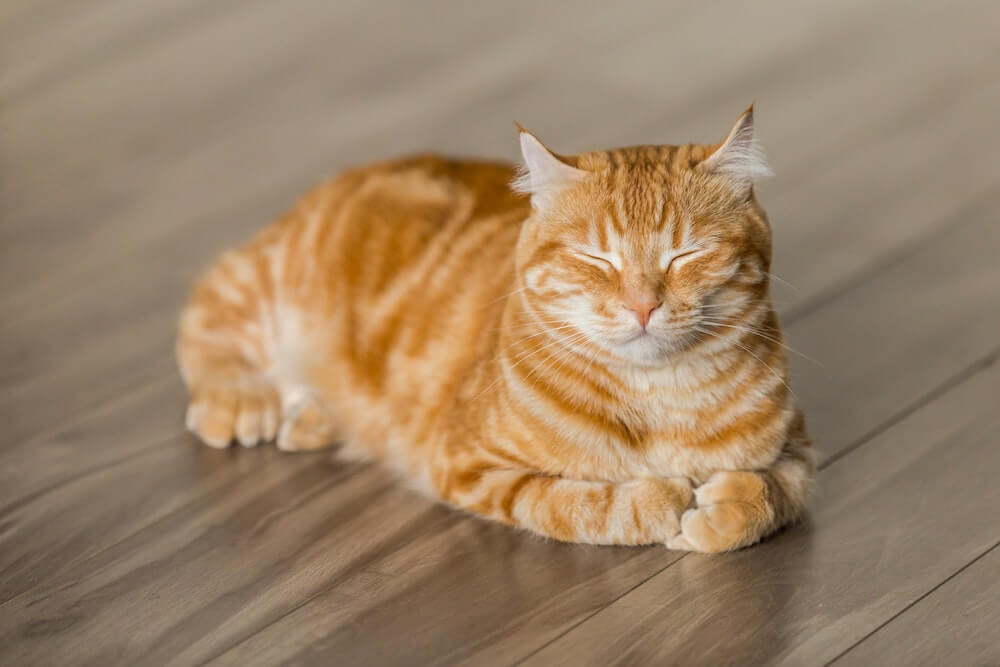
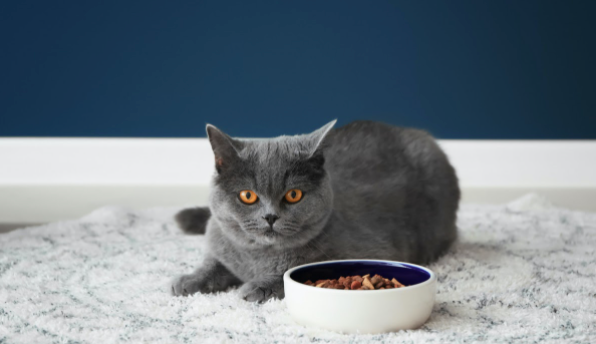
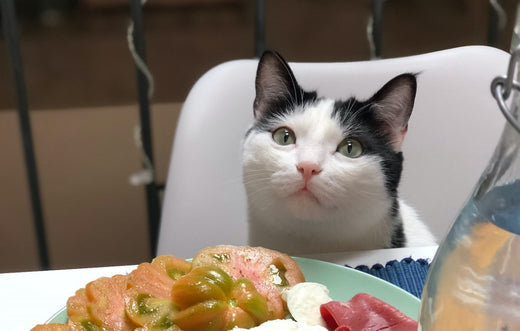
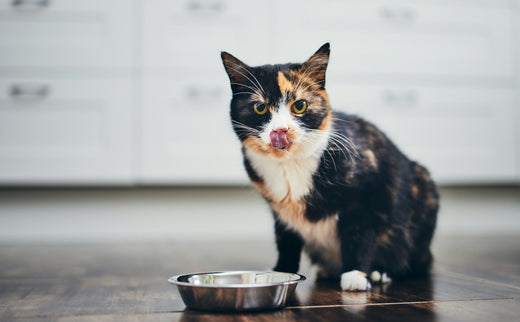
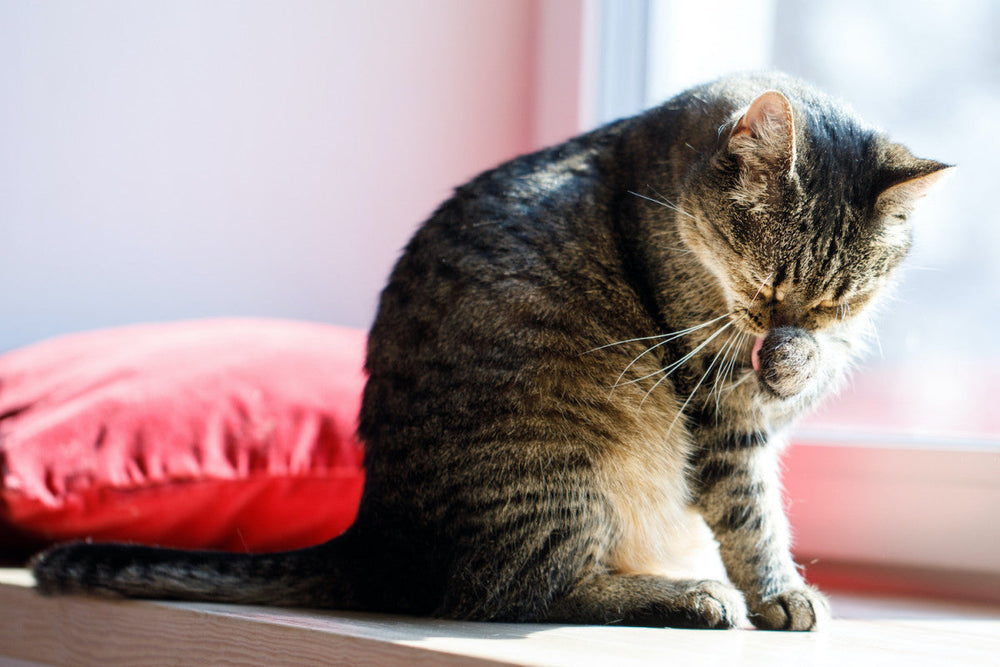
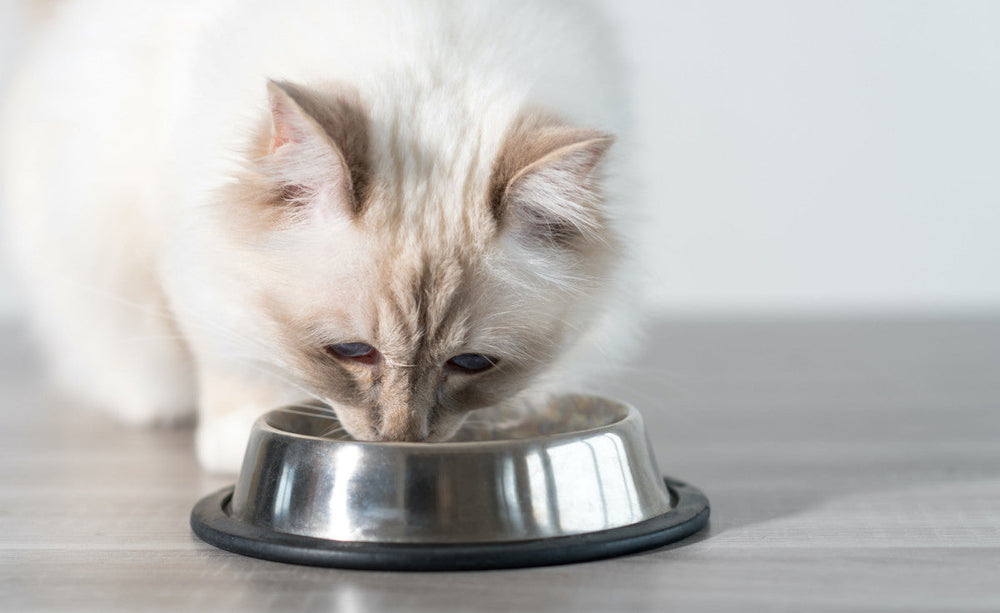
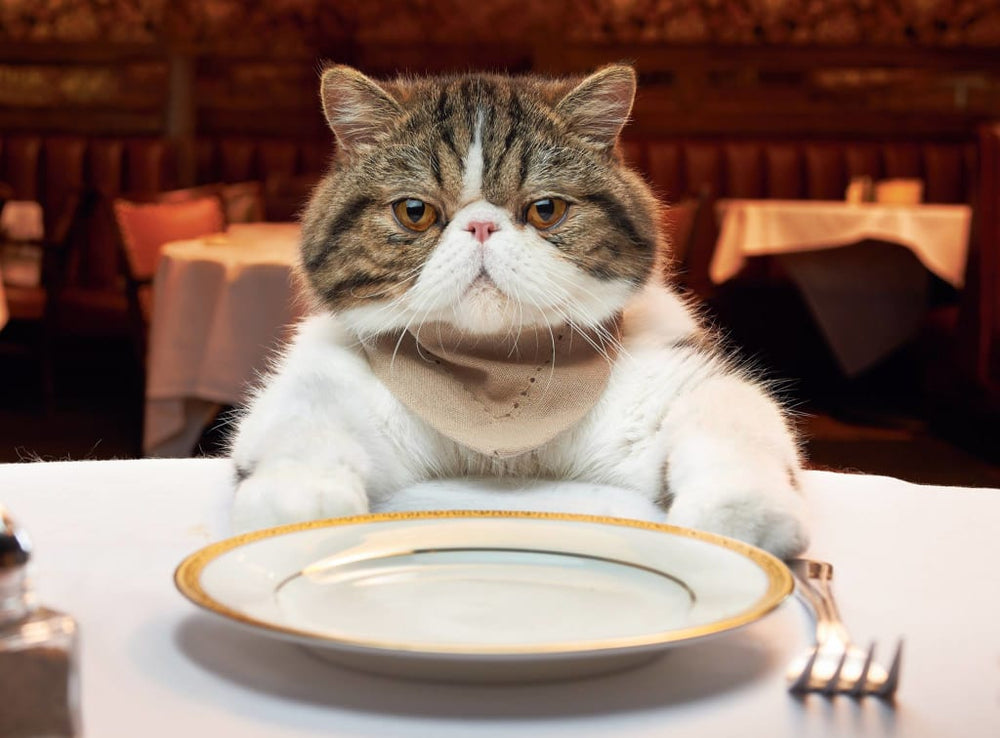
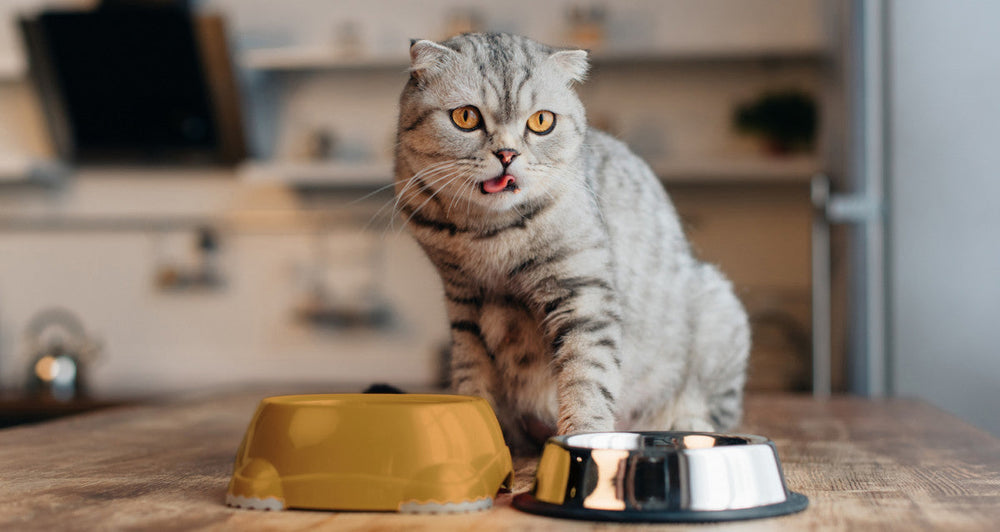
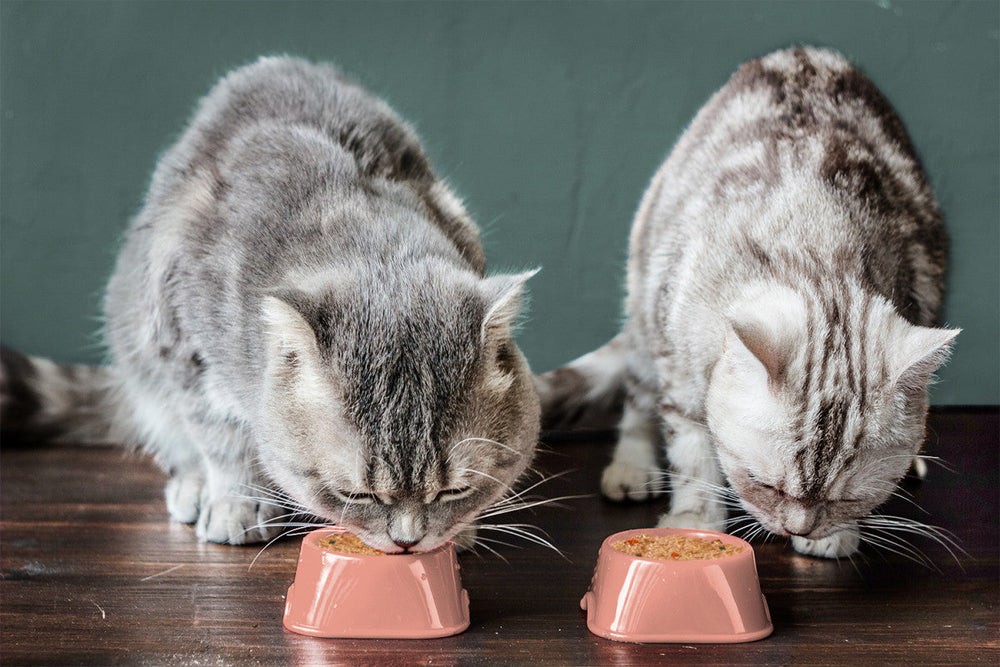
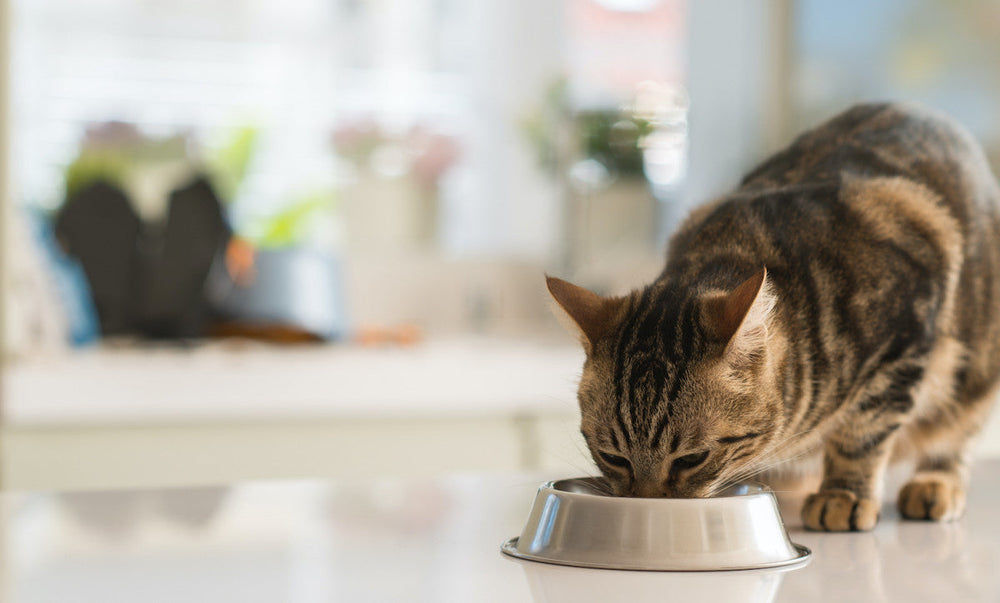


Leave a comment